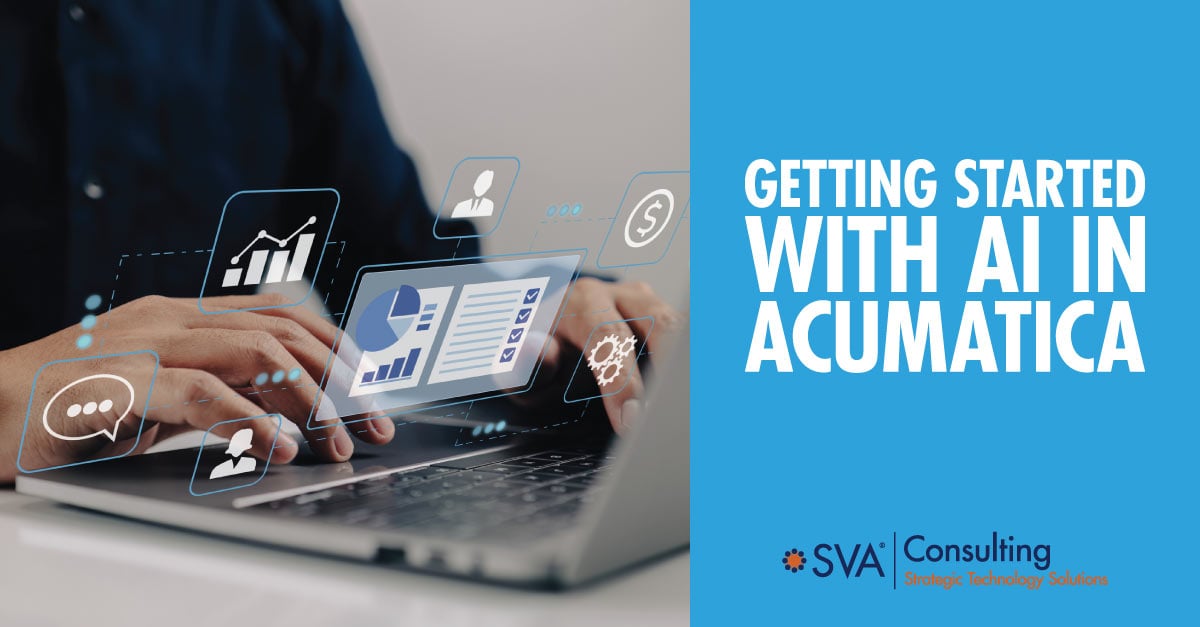





Discover the valuable insights our consultants provide. Subscribe to our Insights blog to receive email alerts whenever we post something new!


Published on: Oct 8, 2025 8:48:03 AM by Jeremy Parulian
Updated on: October 8, 2025
Artificial Intelligence (AI) is everywhere right now. From personal apps that answer questions on the fly to enterprise systems reshaping how work gets done, it’s no longer a futuristic concept. It’s already here. In fact, studies show that more than three-quarters of organizations are already using AI in at least one area of their business.
But here’s the catch: while everyone knows they should be using AI, figuring out where to start often feels like standing at the edge of a moving escalator. You know you need to hop on, but timing your first step can be intimidating. The good news? AI isn’t about replacing people. It’s about amplifying what your team can do by handling repetitive, error-prone, and time-consuming tasks.
So how do you move from theory to action? Let’s break down what AI really is, how it’s showing up in tools like Acumatica, and how to begin shaping a strategy that works for your organization.
AI can feel like a catch-all buzzword, but it’s best thought of as a toolbox filled with different instruments:
| Automation | Streamlining tasks that are tedious and repetitive. For example, extracting data from a PDF using Optical Character Recognition (OCR). |
| Autonomy | Systems that make decisions in real time, like self-driving cars or robotics. |
| Language and Content Models | Large Language Models (LLMs) that can write emails or summarize notes, and diffusion models that create images, video, or audio. |
| Augmentation | Tools that sift through data, spot patterns, and recommend actions, helping people make faster, more informed decisions. |
In other words, AI isn’t magic. It’s a set of technologies that can be layered onto business processes to reduce friction and uncover new opportunities.
Acumatica has steadily woven AI into its platform, and recent advancements highlight just how practical this can be. Here are a few examples already making an impact:
| Expense and AP Bill Recognition | Using OCR, Acumatica can scan receipts or vendor invoices and auto-populate data fields. This cuts down on manual entry, attaches source documents automatically, and learns over time to classify recurring items more accurately. |
| Anomaly Detection | New features in Acumatica allow users to flag unusual patterns in data, such as unexpected changes in margins or inconsistencies in recurring vendor bills. This helps finance and operations teams quickly focus on the outliers instead of combing through endless reports. |
Even with powerful tools available, no two businesses start from the same place. That’s why it helps to think about AI adoption in three phases:
Begin by understanding where your organization stands today. Are your people ready to adopt new tools? Do your processes have bottlenecks that AI could relieve? Is your data clean and accessible enough to support meaningful automation?
Close the gaps uncovered during assessment. That might mean improving data pipelines, rolling out enterprise licenses for generative AI tools, or building governance policies around security and compliance.
Once you’ve identified the right use cases, deploy pilot projects in a controlled way. Measure performance, gather feedback, and iterate. The goal is to prove value quickly and then expand successful solutions across more functions of the business.
This structured approach keeps AI adoption from feeling overwhelming and instead turns it into a manageable, repeatable process.
AI is moving fast. New developments arrive every few months rather than every few years. But rather than chasing every new tool, the key is to focus on your business challenges and identify where AI can remove obstacles, save time, and surface insights.
The escalator is moving quickly, but with the right strategy, you don’t have to hesitate at the first step. By understanding the tools available, experimenting with practical applications, and scaling what works, you’ll not only catch the AI wave, you’ll ride it with confidence.
© 2025 SVA ConsultingShare this post:

Jeremy is an AI Solutions Architect with SVA Consulting







contact@svaconsulting.com

(800) 366-9091

1221 John Q Hammons Dr., Suite 201, Madison, WI 53717

18650 W. Corporate Dr., Suite 205, Brookfield, WI 53045

1600 Utica Ave S, 9th Floor,
Saint Louis Park, MN 55416

7135 E. Camelback Road, 230, Scottsdale, AZ 85251

109 West Commercial Street, Suite 107, Sanford, FL 32771
©2025 SVA Consulting, LLC. All Rights Reserved. | Privacy Policy | Cookie Policy | CCPA
